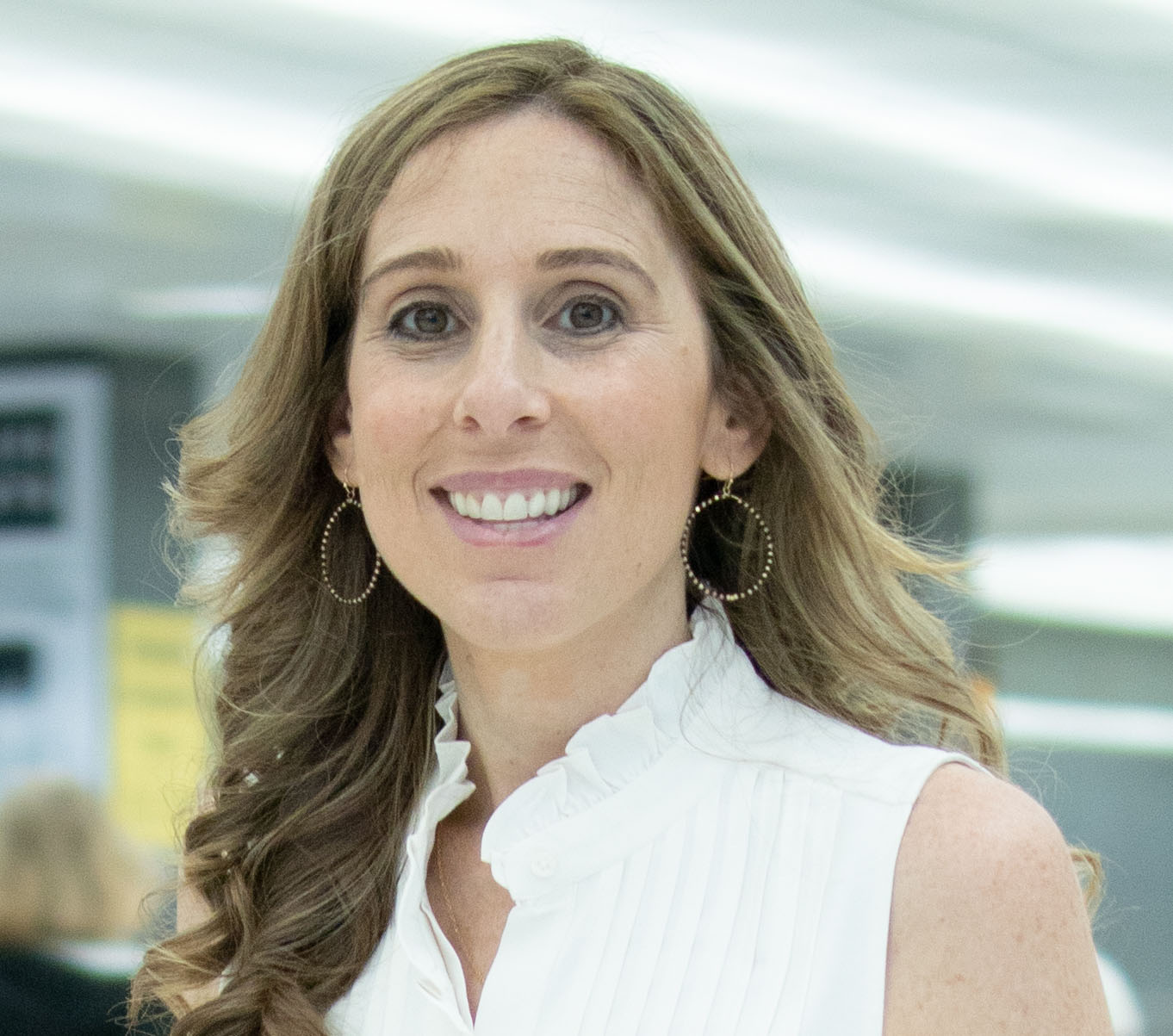Understanding SAFEs
Entrepreneurs raising early stage seed funding historically had one main option to secure capital: a convertible note. However, in recent years, the Simple Agreement for Future Equity (SAFE) has become increasingly popular. They offer founders a streamlined path to capital that avoids many of the pitfalls— lengthy negotiations, high legal costs, rigid repayment schedules, and immediate dilution of ownership—associated with traditional financing options.
As seasoned SAFE lawyers, NEXT has represented founders using SAFEs in a multitude of transactions, and we understand both the opportunities and risks these instruments present. So what exactly is a SAFE financing, and why should entrepreneurs consider it for their seed fundraising round? Let’s dive in.
What Is a SAFE?
Y Combinator introduced the SAFE in 2013 after recognizing that early-stage startups needed a more founder-friendly alternative that eliminated the complications of traditional debt instruments while still providing investor protections.
Specifically, a SAFE grants an investor rights to acquire equity in a company at a future date. Unlike convertible notes that function as loans with interest rates and maturity dates, SAFE’s operate as pure equity instruments. They convert into shares only when specific trigger events occur, such as a priced equity financing round, a company acquisition, or an IPO, and there is no expiration date.
In response to market feedback, Y Combinator introduced Post-Money SAFEs in 2018 to simplify ownership calculations. Basically, a Post-Money SAFE ensures the valuation cap formula includes all existing SAFEs, giving investors a clearer understanding of their future ownership percentages.
Elements of a SAFE
SAFE financing is highly flexible, allowing founders and investors to tailor terms that best suit the unique needs of a startup. Key elements and provisions of a SAFE generally include:
Investment Amount
This represents the capital commitment from the investor. The investment amount, combined with other SAFE terms, determines the investor’s eventual equity stake when conversion occurs.
Valuation Cap
The valuation cap sets the maximum company valuation at which the SAFE converts to equity. This mechanism protects investors from excessive dilution if the company achieves a higher valuation than anticipated. The valuation cap can be either pre-money valuation cap or a post-money valuation cap. A pre-money valuation cap does not include the new money being raised in the SAFE in the valuation cap, while a post-money valuation does include the new money being raised. Post-money valuation caps are more commonly used today than pre-money valuation caps. For example, if an investment is made under a $5 million post-money valuation cap and the company later raises a priced preferred round of funding at a $10 million valuation, the SAFE converts at the lower $5 million cap.
Discount Rate
This provision provides investors with a percentage reduction on the share price compared to new investors in the triggering financing round. Typical discount rates range from 10% to 30%, rewarding early investors for taking on greater risk.
Conversion and Triggering Events
SAFEs convert to equity when specific events occur, typically:
- Equity Financing Events: When the company raises a qualified financing round above a specified threshold
- Liquidity Events: Including mergers, acquisitions, or IPOs
- Dissolution Events: Company liquidation or bankruptcy
Most Favored Nation (MFN) Clause
An MFN clause ensures that if the company issues subsequent SAFEs with more favorable terms, earlier investors automatically receive those improved terms. An MFN provision ensures fairness across multiple SAFE rounds.
Pro Rata Rights (Optional)
Occasionally, a SAFE will include pro rata rights, allowing investors to maintain their ownership percentage by participating in future financing rounds.
Benefits of a SAFE
SAFE financing is considered especially founder-friendly, particularly when startups want to avoid the complexities of traditional equity rounds. Some benefits that make a SAFE such an attractive option include:
No Interest Rate
Unlike convertible notes, SAFEs don’t accumulate interest, reducing the financial burden on a cash-strapped startup. Founders can focus their resources on growth rather than debt service.
Not Considered Debt
SAFEs appear on the balance sheet as contingent equity rather than debt. This distinction improves a company’s debt-to-equity ratio and avoids potential covenant restrictions that come with traditional loans.
Limited Investor Rights
Until conversion, SAFE holders typically don’t receive voting rights or board seats, allowing founders to maintain control during critical early development phases.
Greater Alignment of Interests
Since both founders and investors benefit from a company’s growth and higher valuations, SAFEs create a natural alignment of interests. Success benefits everyone, while failure affects all parties equally.
More Affordable Financing
The simplified structure of a SAFE reduces legal costs and negotiation time compared to traditional equity rounds, making small funding rounds economically viable.
What’s the Downside?
Despite their many advantages, there are some downsides and risks associated with SAFE financing that founders need to be aware of:
Impact on Founder Equity
Multiple SAFE rounds can lead to substantial founder dilution, especially if valuation caps are conservative. When all SAFEs convert during future financing events, founders may end up with less ownership than they anticipated.
Uncertainty of Valuation
Deferring valuation discussions can create challenges during conversion. If the company struggles to achieve expected growth, the eventual valuation may disappoint both founders and investors.
Complexity of Multiple SAFEs
Companies that issue numerous SAFEs with varying terms may create complex cap table scenarios. Different valuation caps and discount rates make it difficult to predict final ownership percentages and can complicate future fundraising efforts.
Why are SAFEs Attractive for Investors?
SAFEs also come with unique risks for investors. Because they lack a maturity date, there’s no guarantee of a conversion event. The IRS also hasn’t clarified whether SAFEs qualify as Qualified Small Business Stock (QSBS), which could make them less appealing to some investors.
However, for many investors, the advantages offered by a SAFE outweigh these drawbacks.
Speed and Simplicity
SAFEs facilitate quicker investment decisions and capital deployment. Streamlined documentation means less time spent on due diligence and lower legal costs, benefits that are particularly valuable for angel investors making multiple small investments.
Potential for High Returns
The combination of valuation caps and discount rates can generate substantial returns if a startup succeeds. Early investors benefit from both timing and favorable conversion terms.
Flexibility
SAFEs accommodate various investment strategies and risk tolerances. Investors can negotiate terms that align with their specific objectives and portfolio approach.
NEXT’s Fixed Fee SAFE Package
Drawing on our experience as SAFE lawyers, NEXT has developed a comprehensive fixed-fee SAFE Package that includes:
- Strategic guidance on the financing process
- A review of prior corporate documents for existing investor rights
- Preparation and negotiation of the Term Sheet
- Preparation and negotiation of Simple Agreement for Future Equity
- Corporate Resolutions
- Preparation of Accredited Investor Questionnaire
- Management of the Closing
- Federal Level – SEC – Securities Filings
- State Level Securities Filings
Contact Us For More Information
Wondering if a SAFE is right for your startup? Contact us today to learn how the NEXT team can help you safely navigate your SAFE financing journey.




